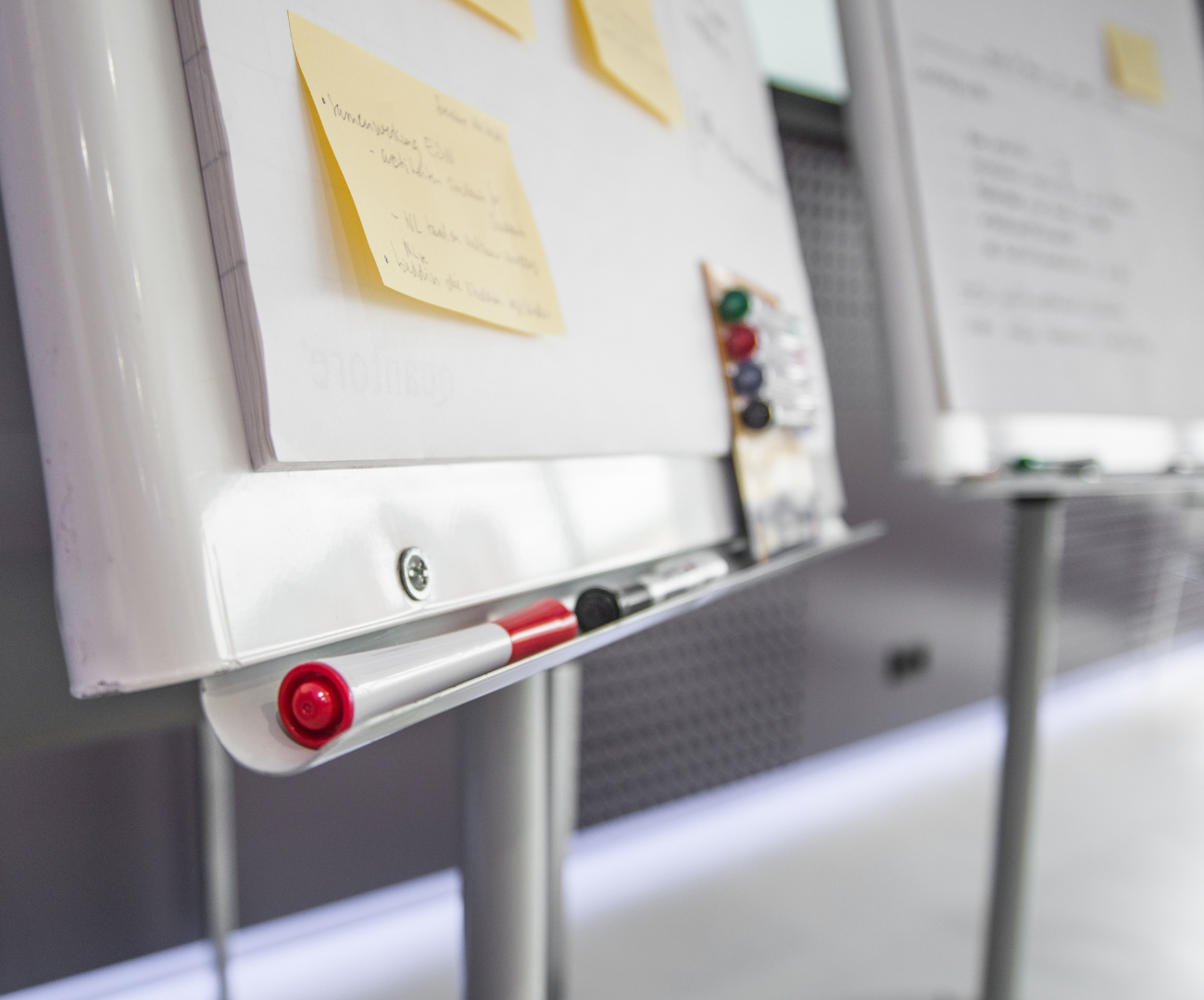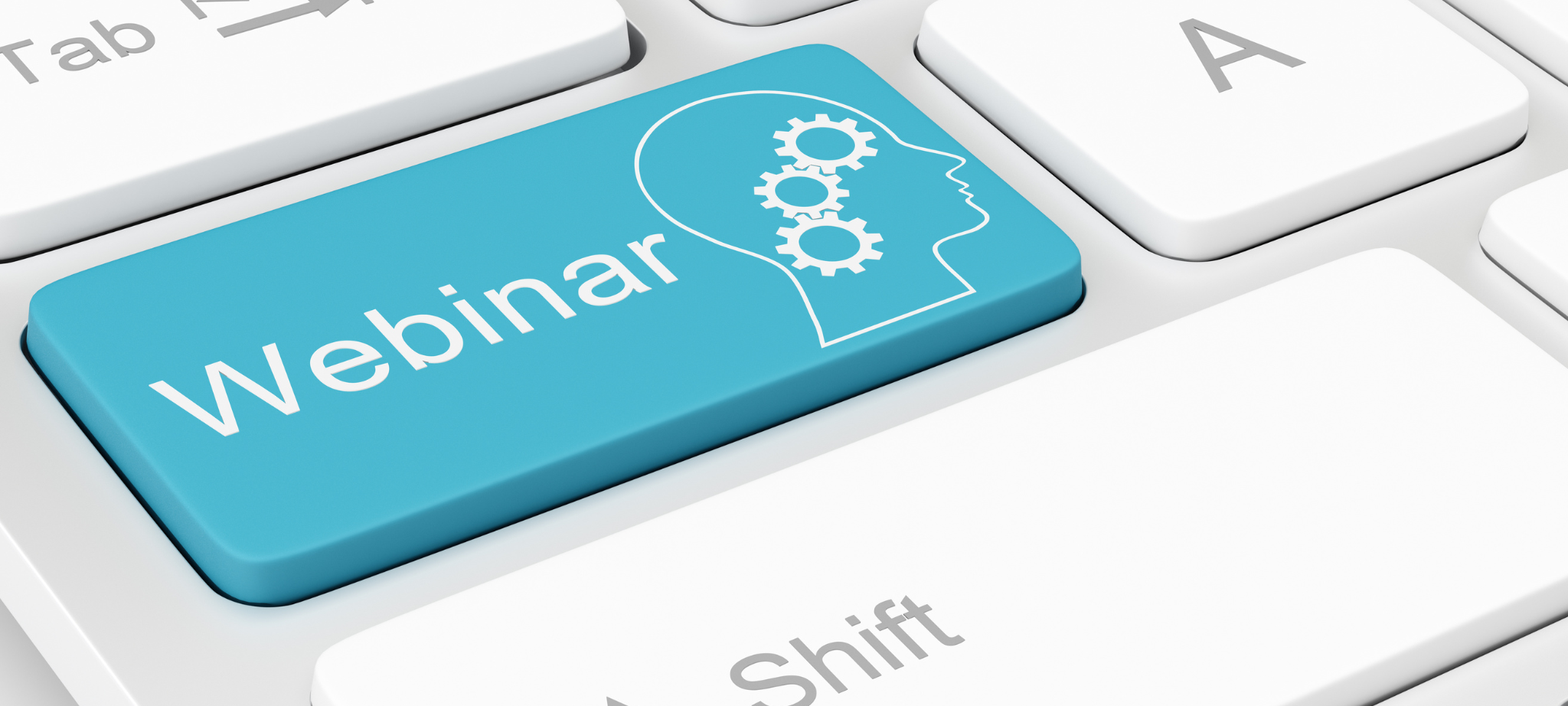A virtual whiteboarding session is a great way to get started with collaborative brainstorming and problem-solving. Using a shared online space, you and your team can easily draw diagrams, mind maps, and more to help you work through complex issues. Plus, there's no need to worry about lugging around a physical whiteboard or markers - all you need is an internet connection!
Wondering what virtual whiteboarding sessions are and how to set them up? In this blog post, you will find out all you need to know about whiteboarding sessions. Not only this but you will also be able to set one up yourself. Let’s guide you through it.
What are Virtual Whiteboarding Sessions?

So what is a whiteboarding session? Virtual whiteboarding sessions are a great way for teams to collaborate on projects in real time. By using a shared online whiteboard, team members can brainstorm ideas, share files, and provide feedback to one another in a single space. These sessions can be used for anything from planning a marketing campaign to designing a new product.
Virtual whiteboarding sessions are often conducted using a web-based application or software program that provides a shared workspace. Participants can add images, text, and drawings to the whiteboard, as well as move and resize objects. The whiteboard can be saved for future reference or exported as an image file.
Benefits
There are plenty of benefits that come from virtual whiteboarding sessions. For starters, it allows for more efficient use of time since there’s no need to commute or find a physical space to meet up.
It also opens up the opportunity for people to join in from all over the world, which can make collaboration much easier.
Since everyone is staring at the same screen, it also helps to keep everyone on the same page and focused on the task at hand. And if you need to refer back to something that was discussed earlier, all you have to do is scroll up – no more flipping through pages of a physical whiteboard or taking photos of the board after each session!
Moreover, they offer a number of benefits for both individuals and businesses.
- For businesses, they provide a cost-effective way to collaborate with remote employees or clients. They also offer a flexible way to schedule meetings, as they can be held at any time and from any location.
- For individuals, virtual whiteboarding sessions can help to improve problem-solving skills and boost creativity. Additionally, they can promote collaboration and communication within a team.
How to Set up a Virtual Whiteboarding Session

Hopefully, by now you have understood what is a whiteboarding session and you are all set to plan one of them on your own. Here’s a guide to setting up your own virtual whiteboarding session.
1. Select a Topic
The first step in conducting a virtual whiteboarding session is to select a topic for discussion. This can be done by brainstorming with the other members of your team, or by looking at the project requirements and selecting a specific area to focus on. Once you have selected a topic, it is important to determine the goals of the session and what you hope to achieve. This will help to keep the discussion on track and ensure that everyone is on the same page.
2. Set Goals and Objectives
Before you begin your virtual whiteboarding session, it is important to set some goals and objectives. This will help you stay focused and on track, and ensure that you are making the most of your time.
Think about what you want to achieve in the session, and what specific tasks or topics you need to cover. Write these down so that you can refer to them during the session. It can also be helpful to share your goals and objectives with your team beforehand so that everyone is on the same page.
Once you have your goals and objectives set, it's time to get started! Make sure to use all of the tools at your disposal, such as sticky notes and different colors of markers, to keep your session organized and efficient. And don't forget to have fun - after all, learning should be enjoyable!
3. Creativity is the Key
There's no need to be limited by a physical whiteboard when you're brainstorming virtually! Get creative and use whatever tools and resources are available to you to make your session more dynamic.
- For example, try using different colors or patterns for each idea or use symbols and images to help communicate your ideas.
Whatever you do, make sure everyone in the session is on the same page and understands what you're trying to achieve. With a little creativity, your virtual whiteboarding session can be just as productive as any other meeting!
4. Select the Right Platform
There are many different platforms as well as conference apps that you can use for virtual whiteboarding sessions. Each platform has its own unique set of features and benefits. So, how do you know which one is right for you? Here are a few things to consider when choosing a platform for your virtual whiteboarding sessions:
- Ease of use: How easy is the platform to use? Can you easily share your screen and collaborate with others?
- Pricing: Does the platform fit within your budget? Are there any subscription fees? There are a number of conference apps that are free of cost but depending on the complexity of your event, you can select the pricing according to your budget.
- Features: What features does the platform offer? Does it have everything you need to make your session successful?
- Compatibility: Is the platform compatible with all of your devices? Can everyone who needs to join the session do so without any issues?
If you are looking for an event management platform to host your upcoming session, Oreed is here to help you. Being an all-in-one platform that has all event management capabilities, Oreed provides you with many distinct features that will help make your events go as smoothly as possible.
With Oreed,
- You can have a complete understanding of your attendees and know what they are looking for or expecting from the event.
- You can process certificates and accreditations for the attendees
- Moreover, with a central database, you can provide the clients with recommendations on an automated basis.
- You can also increase the attendance and engagement of your upcoming events once you have 360 degrees level of understanding of your attendees which can be facilitated by Oreed.
5. Make the Session an Immersive Experience
There's nothing quite like the feeling of being in a productive, face-to-face meeting. But in today's world, that's not always possible. That's where virtual whiteboarding comes in!
Virtual whiteboarding is a great way to make your remote meetings more immersive and engaging. By using a shared online canvas, you and your team can brainstorm ideas, work on projects, and collaborate in real time - no matter where you are. To make your virtual whiteboarding sessions even more effective, there are a few things you can do:
- Use an online whiteboard that everyone can access easily. There are several great options out there, so find one that works for you and your team.
- Make sure everyone knows how to use the tool before the meeting starts. This will help avoid any frustration or confusion during the session.
- Encourage everyone to participate. Brainstorming is more fun and productive when everyone is involved!
- Take advantage of the tool's features. Many online whiteboards have built-in collaboration features like chat, comments, and file sharing - so make sure you're using them to their full potential.
- Follow up after the meeting. Send out minutes or action items from the session so everyone knows what needs to be done next.
By following these tips, you can make your virtual whiteboarding sessions more immersive and effective.
Oreed's gamification features make virtual whiteboarding sessions fun and engaging. By incorporating game-like elements into the session, participants are more likely to stay focused and engaged. Additionally, the use of points and badges can add an element of competition, which can further motivate participants.
Final Thoughts
.png)
When you're ready to end your virtual whiteboarding session, there are a few things you should keep in mind.
- First, thank your participants for their time and contributions.
- Then, take a few minutes to summarize what was accomplished during the session.
- Finally, provide the next steps or action items for follow-up.
Ending on a positive note will leave participants feeling good about the session and eager to participate again in the future. Thanking everyone for their time shows that you value their input and appreciate their effort. Summarizing the accomplishments of the session helps solidify those achievements and provides closure.
And finally, providing the next steps ensures that there is a plan for moving forward with the ideas generated during the virtual whiteboarding session.
So what are you waiting for? Book a demo with Oreed today. Promote lifelong learning through Oreed by experiencing the most powerful all-in-one training and development intelligent platform that streamlines all your organization's learning, training, and development activities in one place.





